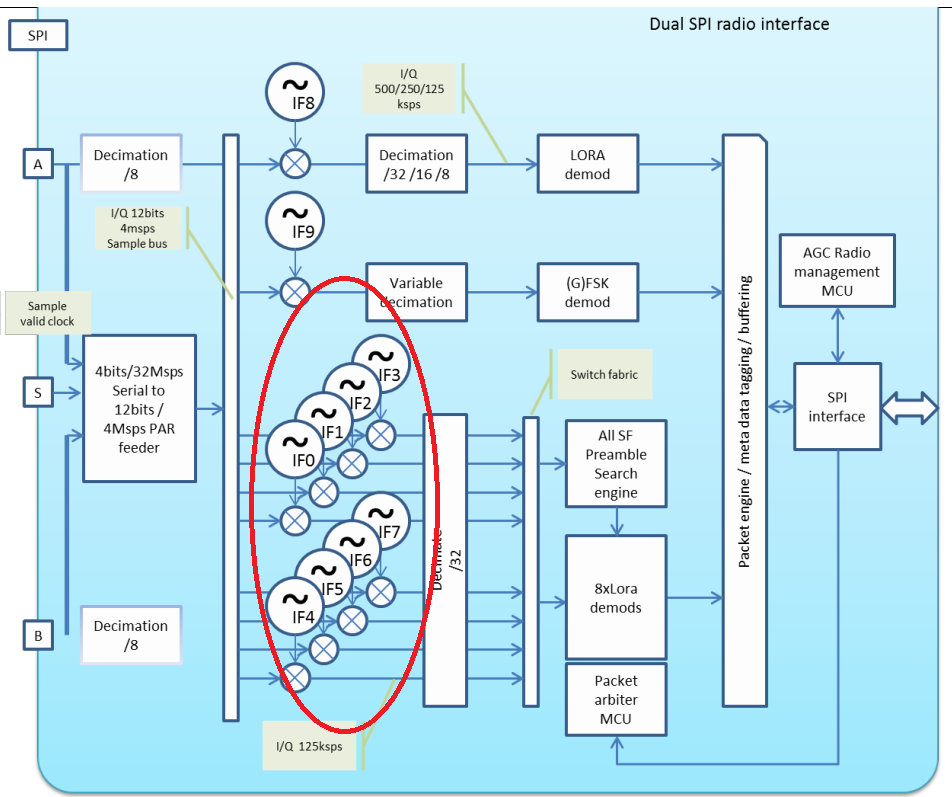I was thinking about antenna combinations on a dual concentrator gateway like https://store.rakwireless.com/products/wisgate-edge-max-rak7249-c and had an idea that if you had an 8dbi and 3dbi combo instead of using the same antenna on each concentrator would you get the range of the 8dbi and the spread of the 3dbi in one package without having to run two gateways?
A similar discussion on the RAK forum:
It may turn out that the allocation of channels may not be as expected …
Thanks, I figured it may just be easier to have two seperate gateways, one configured for range and the other configured for close coverage and this confirms it.
The reality is, that in most places in the World, when using a higher gain antenna such as an 8dBi, for your gateway to be legal you have to reduce the transmit power which means that the gateway can no longer interact with the most distant nodes.
Something to discuss:
what about connecting one input to a vertical 3dBi-antenna and the other one to a horizontal polarised omnidirectional antenna?
I know that our gateways should use vertical polarisation but what do the nodes do? I am not sure that they all radiate with vertical polarisation.
I will make some measurements next year when the weather is better and I can get up on the roof to mount an omnidirectional horizontal antenna for 868 MHz. I will install a second gateway and compare the RSSI-values.
If you look at the radiation pattern of say a 1/4wave antenna normally used vertical and the place it horizontally, most all of the radiation is concentrated in directions between 0 and 45 degrees and 135 degrees and 180 degrees. Then there are large parts of the radiation that go into the sky and down into the ground. Which is not good.
You can use a dipole antenna horizontally, but that can have a null in two directions. This is also not good.
So maybe there are good reasons why just about every omni directional antenna is used vertical …
100%agreed. That’s why I talked of an omnidirectional horizontal antenna.
That is an excellent question, for some nodes with internal antennas it is not obvious how the antenna is mounted.
Suggestions, is there one ?
The “allocation of channels” is whatever it is statically configured to be.
It’s the allocation of demodulators which is dynamic.
The variable-SF demodulators are not hard wired to channels, but rather assigned from a pool to look at whatever the preamble detectors think looks like a LoRa signal - “demodulator 5, take a try on the feed from IF3 at SF8”
?? what’s that then
Have a look at the SX1301 data sheet, these are the entries in the global_config.json
Hi Nick - SX1301 Block diagram:

As the system detects potentially valid LoRa signals a simple scheduler/task allocator assignes one of the 8 available I/Q descriminators/demodulators to start evaluating the data stream to attempt demodulation of a given SF related data set… (in rough terms)  each with its own associated IF support subsystem hence IF0-7, yielding the suggested IF3…
each with its own associated IF support subsystem hence IF0-7, yielding the suggested IF3…